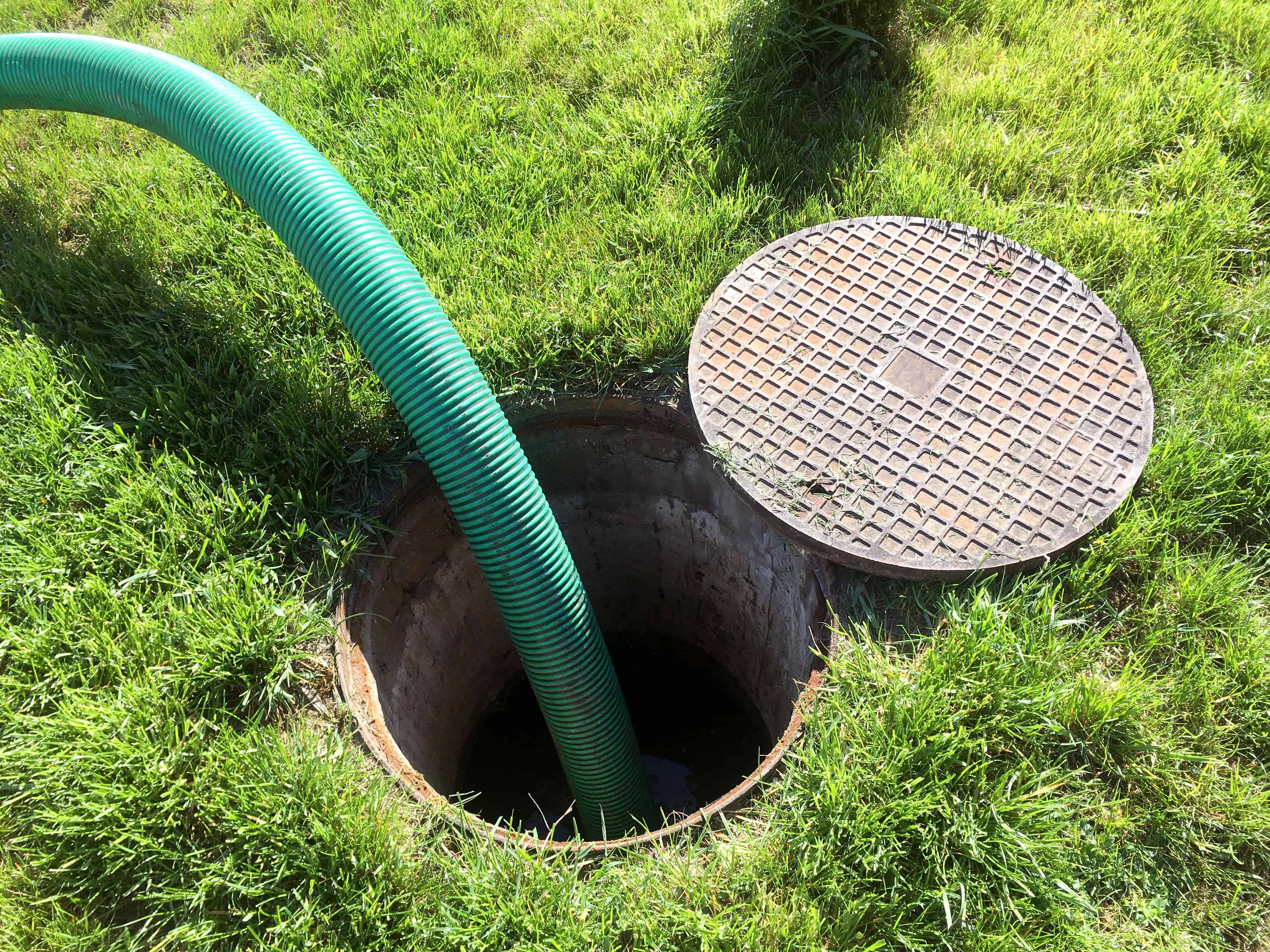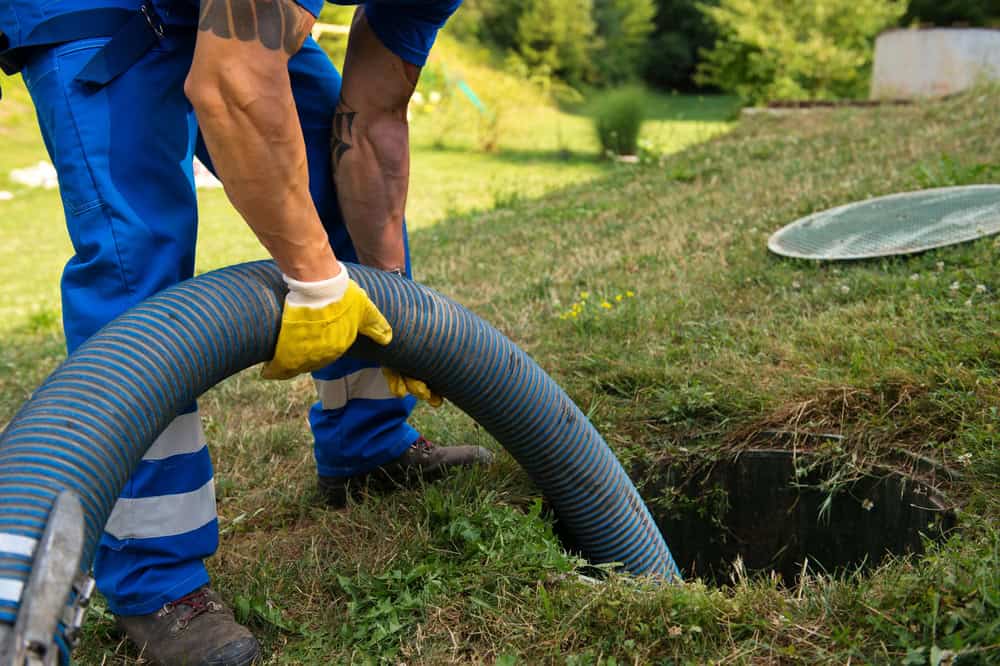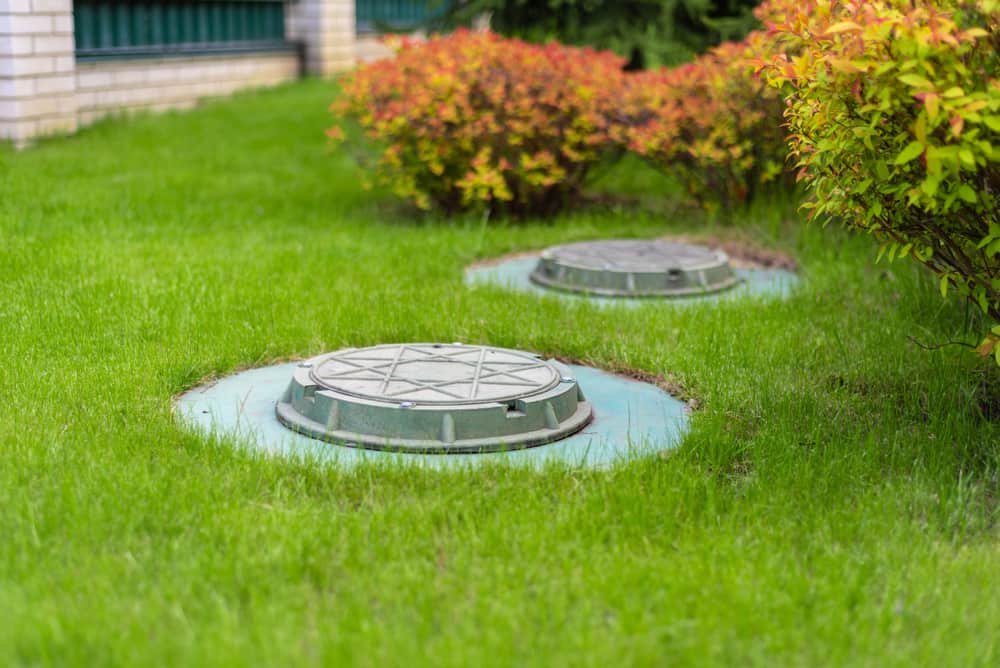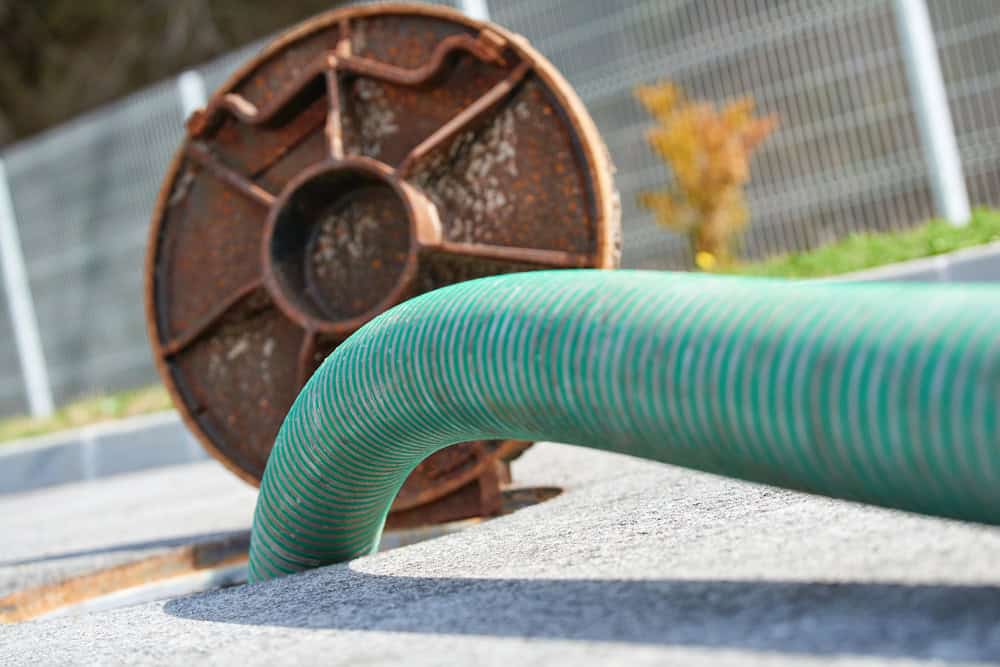Fast, reliable cesspool pumping that keeps your system running smoothly and your property protected.

Hear from Our Customers

When your cesspool gets pumped correctly, you’re not just removing waste. You’re buying yourself years of trouble-free operation and protecting your biggest investment.
A properly maintained cesspool drains efficiently, eliminates odors, and prevents the nightmare scenarios that keep homeowners up at night. No more slow drains, no more mysterious wet spots in your yard, and no more wondering if today’s the day your system finally gives up.
The difference between regular maintenance and emergency repairs isn’t just money—though that’s significant. It’s the difference between a planned service call and a crisis that disrupts your entire household. Your cesspool works hard every day, and when it’s maintained properly, it keeps working without demanding your attention.
We’ve been handling cesspool pumping throughout Southampton and Long Island for years. We understand the unique challenges of older cesspool systems in this area and the specific needs of both year-round and seasonal residents.
Our technicians are licensed, insured, and equipped with modern pumping equipment that gets the job done efficiently. We dispose of all waste at certified facilities and follow proper protocols that protect both your property and the environment.
When you call us, you’re working with a local company that understands Southampton’s cesspool systems and stands behind every job we complete.

First, we locate and uncover your cesspool access point, inspecting the tank condition and waste levels. Our technician explains what we’re seeing and confirms the scope of work before starting.
Next, we connect our pumping equipment and remove all accumulated solids and liquids from your cesspool. This isn’t just about emptying the tank—we’re removing the buildup that interferes with proper drainage and system function.
Finally, we inspect the tank for any signs of damage or potential issues, dispose of all waste at certified facilities, and provide you with a clear timeline for your next service. You’ll know exactly when to schedule your next pumping and what to watch for in the meantime.

Ready to get started?
Every cesspool pumping includes complete waste removal, tank inspection, and proper disposal at licensed facilities. We don’t just pump and leave—we make sure you understand your system’s current condition and maintenance needs.
Southampton’s older cesspool systems often need more than basic pumping. We check for structural issues, evaluate drainage patterns, and identify potential problems before they become expensive emergencies. Many of our customers are surprised to learn their systems have been operating inefficiently for years.
We also provide realistic maintenance schedules based on your actual usage patterns, not generic recommendations. A seasonal home has different needs than a year-round residence, and we adjust our service recommendations accordingly.

Don’t let cesspool issues disrupt your day. Reach out now for a free estimate and expert service.
©2025 Quality Cesspool All Rights Reserved. SEO Company NYC – Web Design & SEO by Hozio